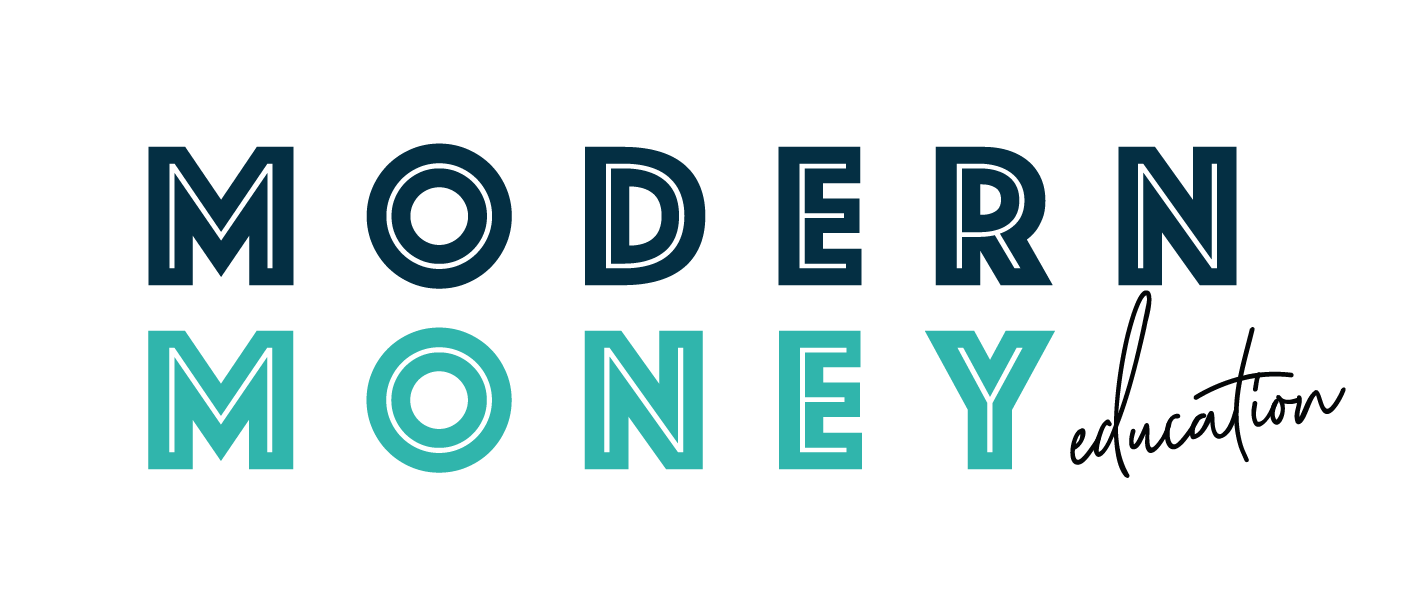Student Loan Series: Student Loan Forgiveness Options
Student loan forgiveness may sound like a fairy godmother swooping in and saving the day, but her magic wand comes with layers of government red tape and rules to wade through before your loan balance hits $0.
Today, we want to walk you through the basics of a few loan forgiveness programs that provide student debt relief. Let’s get started.
Public Service Loan Forgiveness (PSLF)
PSLF was designed to help employees in public service repay their loans. Here’s how you can qualify for this program:
Full-time employment for U.S federal, state, local, or tribal government or non-profit.
Have Federal Direct loans
Payments made through a qualified income-driven repayment plan (remember those?).
Make 120 qualifying payments
After 10 years (assuming you make the qualifying payments consecutively), your loan balance will be forgiven. This system can be complex and depending on your provider, the information could get lost in the shuffle. We recommend keeping all records and paperwork documenting the employee certification form, your repayment plan, and each of your qualified payments. Unlike other forgiveness programs, your remaining loan balance is not considered ordinary income, therefore it is not subject to taxation (sigh of relief).
Teacher Loan Forgiveness
Financial planning for teachers is especially important, and student loans are a big part of that equation. The Teacher Loan Forgiveness program is best for those who don’t have as much student debt because the program is less extensive than PSLF. In order to qualify you need to,
Teach full-time at a qualified low-income elementary or secondary school
Maintain full-time status for 5 consecutive years
Have federal direct or Stafford loans
After 5 years up to $17,500 can be forgiven. That amount depends on the subjects and grade level you teach for example secondary math, science, and special education teachers are eligible for the full $17,500, whereas teaching any other subject only allows up to $5,000 to be forgiven.
Income-Driven Repayment Forgiveness
For those enrolled in one of the 4 income-driven repayment programs we wrote about in the prior email, after the repayment period has ended the remainder of your loan balance is forgiven. Keep in mind that leftover balance can be taxed as ordinary income. So if you have $30,000 forgiven, you could be responsible for thousands of dollars of ordinary income tax, depending on your tax bracket.
Other options
Depending on your profession and where you live, there could be numerous other student debt relief efforts. For example, some states have state-sponsored repayment assistance programs.
Most military personnel are also eligible for loan forgiveness depending on the program. Check with your branch to see if you qualify.
Another option to look for is student loan assistance in your employee benefits package. Many new employers offer limited assistance in repaying student loans for new employees, so check into this at your company.
Having a strong plan to repay student loans will enhance your financial health. Finding the right assistance for you will take time but with the help of a professional, you will know you are working toward the right plan. Ready to learn more about which forgiveness programs you qualify for? Our team would love to help you evaluate your options. Book a call today to learn more or sign up for a one-on-one Student Loan Analysis.
The information on this site is provided “AS IS” and without warranties of any kind either express or implied. To the fullest extent permissible pursuant to applicable laws, Modern Money Advisor LLC (referred to as “MMA”) disclaims all warranties, express or implied, including, but not limited to, implied warranties of merchantability, non-infringement and suitability for a particular purpose. MMA does not warrant that the information will be free from error. None of the information provided on this website is intended as investment, tax, accounting or legal advice, as an offer or solicitation of an offer to buy or sell, or as an endorsement of any company, security, fund, or other securities or non-securities offering. The information should not be relied upon for purposes of transacting securities or other investments. Your use of the information is at your sole risk. Under no circumstances shall MMA be liable for any direct, indirect, special or consequential damages that result from the use of, or the inability to use, the materials in this site, even if MMA or a MMA authorized representative has been advised of the possibility of such damages. In no event shall MMA have any liability to you for damages, losses and causes of action for accessing this site. Information on this website should not be considered a solicitation to buy, an offer to sell, or a recommendation of any security in any jurisdiction where such offer, solicitation, or recommendation would be unlawful or unauthorized.
